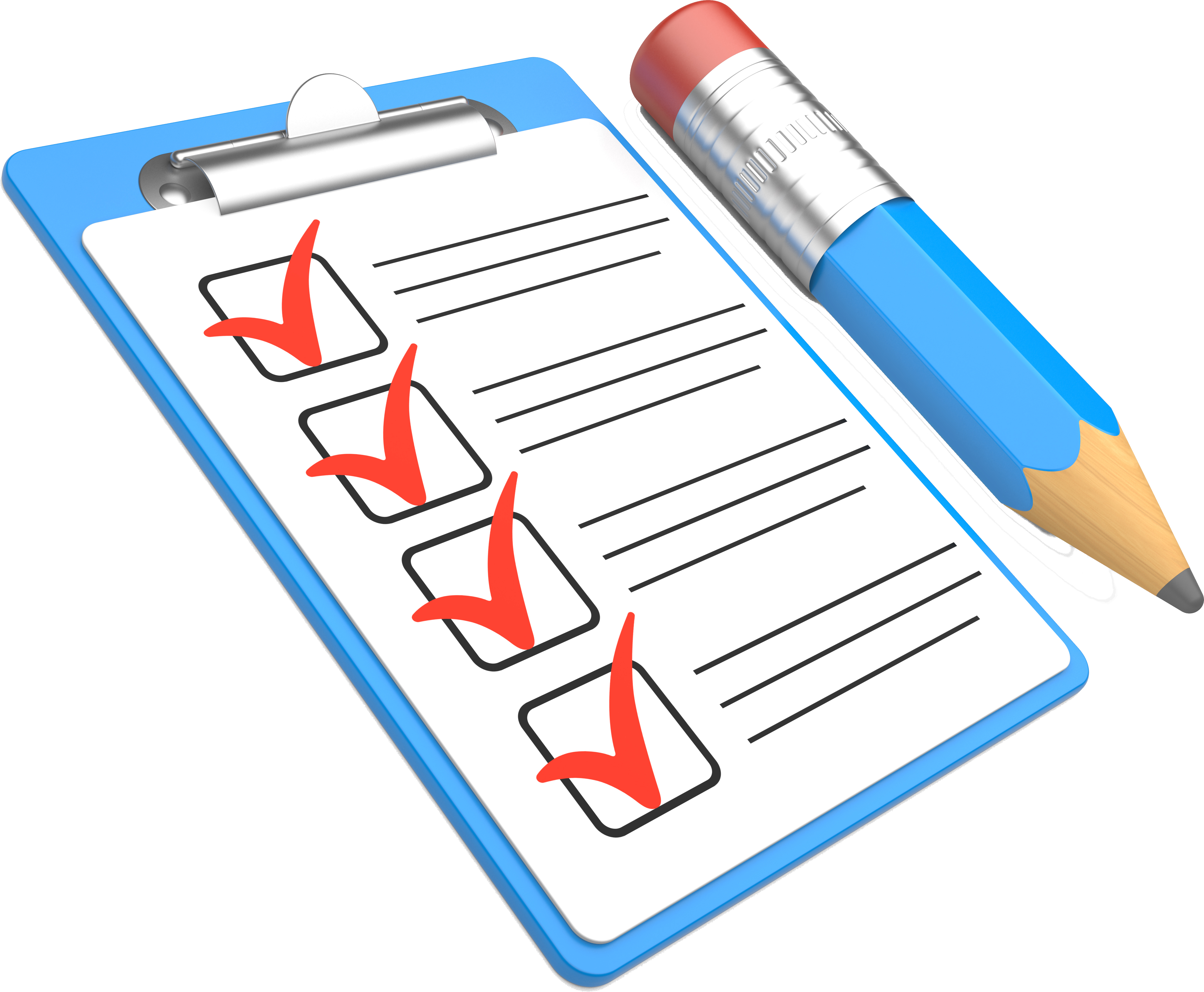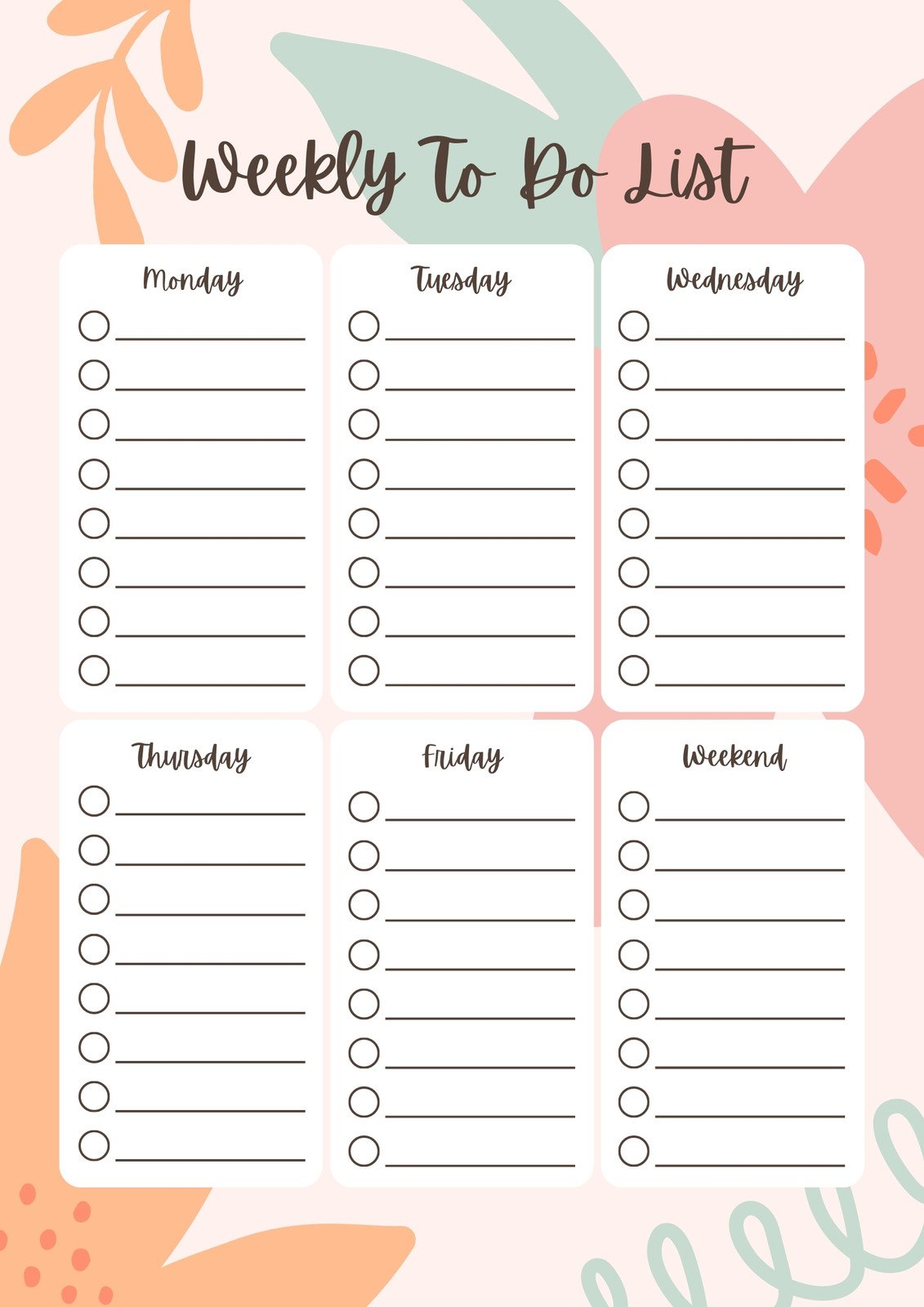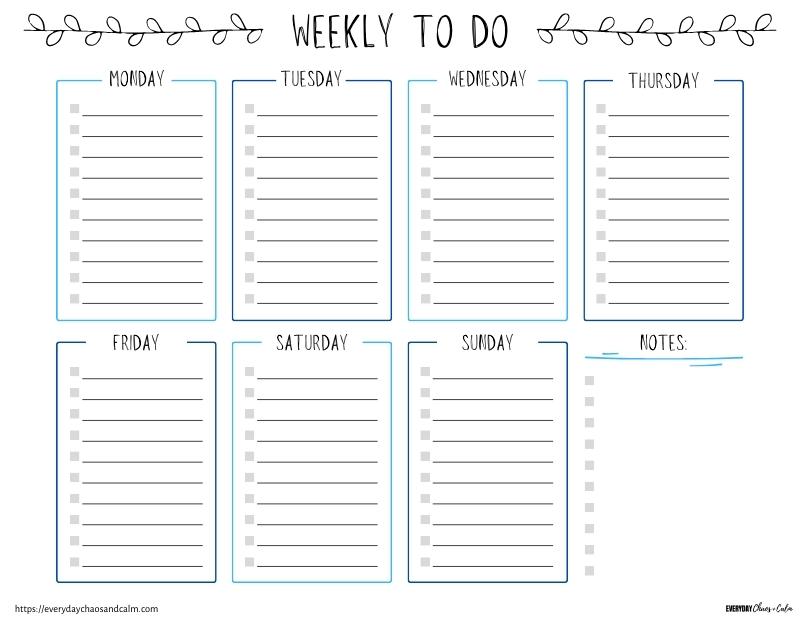List Of All The Part Names For A CDL Truck: Your Comprehensive Guide types.truckstrend.com
The roar of a powerful engine, the glint of chrome, and the sheer scale of a commercial driver’s license (CDL) truck are awe-inspiring. But beneath that impressive exterior lies a complex symphony of thousands of individual components, each playing a critical role in the vehicle’s operation, safety, and efficiency. For anyone involved in the trucking industry – from aspiring CDL holders and seasoned drivers to mechanics, fleet managers, and even logistics professionals – a deep understanding of these parts is not merely beneficial; it is absolutely essential.
Knowing the "List Of All The Part Names For A CDL Truck" goes far beyond academic curiosity. It empowers drivers to conduct thorough pre-trip inspections, identify potential issues before they become catastrophic failures, communicate effectively with mechanics, and ensure compliance with stringent Department of Transportation (DOT) regulations. For mechanics, it’s their daily vocabulary, while for fleet managers, it’s the foundation of effective maintenance schedules and cost control. This comprehensive guide will dissect the CDL truck, system by system, detailing its myriad components, offering practical insights, and underscoring the vital importance of this knowledge.
List Of All The Part Names For A CDL Truck: Your Comprehensive Guide
The Anatomy of a CDL Truck: Major Systems Overview
A CDL truck, often referred to as a "semi-truck" or "tractor-trailer," is typically comprised of two main units: the tractor (the power unit) and the trailer (the cargo unit). While the trailer has its own set of parts, our primary focus will be on the tractor, which houses the vast majority of the complex mechanical and electrical systems.
The tractor can be broadly categorized into several core systems:
- Engine and Drivetrain: The heart and soul, generating and transferring power.
- Chassis and Suspension: The foundational structure and ride-smoothing components.
- Braking System: Critical for stopping and safety.
- Electrical and Lighting Systems: Powering everything from the ignition to the headlights.
- Cab Interior and Exterior: The driver’s workspace and the truck’s outward appearance.
- Steering System: For directional control.
- Exhaust System: Managing engine emissions.
- Fuel System: Storing and delivering fuel.


Understanding these overarching categories helps in breaking down the immense list of individual parts into manageable segments.
Engine and Drivetrain Components: The Powerhouse
The engine is where fuel is converted into mechanical energy, and the drivetrain transmits that energy to the wheels.
- Engine Block: The main structure housing the cylinders.
- Cylinders: Where combustion occurs, containing pistons.
- Pistons: Move up and down within cylinders, transferring force to the crankshaft.
- Crankshaft: Converts linear piston motion into rotational motion.
- Camshaft: Controls the opening and closing of valves.
- Valves (Intake & Exhaust): Regulate airflow into and out of the cylinders.
- Cylinder Head: Sits atop the engine block, containing valves and often the fuel injectors.
- Turbocharger/Supercharger: Increases engine power by forcing more air into the cylinders.
- Fuel Injectors: Spray fuel into the combustion chambers.
- Water Pump: Circulates coolant to prevent overheating.
- Oil Pan: Reservoir for engine oil.
- Oil Filter: Cleans engine oil.
- Air Filter: Cleans air entering the engine.
- Radiator: Cools engine coolant.
- Fan (Engine Fan): Draws air through the radiator.
- Alternator: Generates electrical power for the truck’s systems and charges batteries.
- Starter Motor: Engages the flywheel to crank the engine.
- Flywheel: Stores rotational energy and provides a surface for the clutch.
- Clutch (Manual Transmissions): Engages and disengages engine power from the transmission.
- Transmission: Changes gear ratios to match engine speed to road speed (manual or automatic).
- Driveshaft (Propeller Shaft): Transmits power from the transmission to the differential.
- U-Joints (Universal Joints): Allow driveshaft to flex and move.
- Differential: Splits power between the drive wheels and allows them to rotate at different speeds during turns.
- Axles (Drive Axles): Connect the differential to the drive wheels.

Chassis and Suspension Parts: The Foundation and Ride
The chassis provides the structural integrity, while the suspension system absorbs road shocks and maintains tire contact.
- Frame Rails: The main longitudinal beams forming the truck’s backbone.
- Crossmembers: Connect the frame rails laterally.
- Axles (Steer Axle, Drive Axles, Tag/Pusher Axles): Support the vehicle’s weight and include wheel hubs.
- Leaf Springs: Traditional suspension components, layers of curved metal.
- Air Bags (Air Springs): In air suspension systems, provide a smoother ride and adjustable height.
- Shock Absorbers/Dampers: Control spring oscillation.
- Kingpins: Pivoting pins connecting the steering knuckle to the axle, allowing steering.
- Tie Rods: Connect steering knuckles, ensuring wheels turn in unison.
- Control Arms/Radius Rods: Part of the suspension linking the axle to the frame.
- Bushings: Rubber or polyurethane components that reduce friction and vibration in various joints.
- Wheels/Rims: Support the tires.
- Tires: Provide traction and absorb minor road imperfections.
- Lug Nuts/Bolts: Secure wheels to the hubs.
Braking System Essentials: Stopping Power
CDL trucks primarily use air brake systems, which are complex and crucial for safety.
- Air Compressor: Generates compressed air for the braking system.
- Air Tanks (Reservoirs): Store compressed air.
- Air Dryer: Removes moisture from the compressed air.
- Brake Pedal: Driver input for braking.
- Foot Valve (Treadle Valve): Controls air flow to the brake chambers.
- Brake Chambers: Convert compressed air pressure into mechanical force to apply brakes.
- Slack Adjusters (Automatic/Manual): Adjust the distance between the brake chamber pushrod and the S-cam.
- S-Cam: A camshaft that rotates to push brake shoes against the drum.
- Brake Shoes/Pads: Friction material that presses against the brake drum or rotor.
- Brake Drums/Rotors: The rotating components that the shoes/pads press against.
- Brake Lines/Hoses: Carry compressed air to brake components.
- ABS (Anti-lock Braking System) Sensors & Modulators: Prevent wheel lock-up during braking.
- Parking Brake (Spring Brakes): Apply automatically when air pressure is lost or manually engaged.
- Tractor Protection Valve: Prevents air loss from the tractor if the trailer air line breaks.
- Gladhands: Couplings that connect the tractor’s air lines to the trailer’s.
Electrical and Lighting Systems: Visibility and Control
A vast network of wires, sensors, and components ensures the truck’s electrical functions.
- Batteries: Provide electrical power for starting and accessories.
- Battery Cables: Connect batteries to the electrical system.
- Wiring Harnesses: Bundles of wires connecting various components.
- Fuses/Circuit Breakers: Protect electrical circuits from overcurrent.
- Relays: Electrical switches that control higher current circuits.
- ECM (Engine Control Module)/ECU (Electronic Control Unit): The "brain" of the engine and other systems.
- Sensors (e.g., Temperature, Pressure, Speed): Provide data to the ECM.
- Headlights (High/Low Beam): Forward illumination.
- Taillights/Brake Lights: Rear illumination and signaling.
- Turn Signals/Hazard Lights: Indicate turns or warn of hazards.
- Marker Lights/Clearance Lights: Define the truck’s dimensions, especially at night.
- Dash Lights/Gauges: Provide driver with operational information (speedometer, tachometer, oil pressure, air pressure, fuel level, temperature).
- Wipers/Washer System: For windshield visibility.
- Horn: Audible warning.
- Diagnostic Port (OBD-II/J1939): For connecting diagnostic tools.
Cab Interior and Exterior Components: The Driver’s World
The cab is the driver’s office, living space, and control center.
- Steering Wheel: Driver input for steering.
- Steering Column: Connects the steering wheel to the steering gear.
- Seats (Driver/Passenger): Often air-ride for comfort.
- Dashboard/Instrument Panel: Houses gauges, switches, and controls.
- Pedals (Accelerator, Brake, Clutch): Driver controls.
- Shifter/Gear Selector: For transmission control.
- Mirrors (Side, Convex, Fender): For rear and side visibility.
- Windshield/Windows: For visibility.
- Doors/Door Handles/Latches: Entry and exit.
- Sleeper Berth: Rest area for long-haul drivers.
- HVAC System (Heating, Ventilation, Air Conditioning): Climate control.
- Radio/Infotainment System: Communication and entertainment.
- Fairings/Deflectors: Aerodynamic components to reduce drag.
- Grille: Front part of the truck, often housing the radiator.
- Bumper: Front and rear impact protection.
- Fenders: Cover the wheels.
- Steps/Grab Handles: For cab entry/exit.
Trailer Connection and Safety Gear
While the focus is on the tractor, its ability to connect to and power a trailer is paramount.
- Fifth Wheel: The coupling device on the tractor that connects to the trailer’s kingpin.
- Kingpin: The pin on the front of the trailer that locks into the fifth wheel.
- Gladhands (Red/Blue): Air hose connectors for trailer brakes (service and emergency lines).
- Electrical Connector (7-Way Pin): Connects the tractor’s electrical system to the trailer’s lights and ABS.
- Landing Gear: Retractable legs on the trailer for support when uncoupled.
- Mud Flaps: Prevent debris from being thrown by tires.
- Reflective Tape/DOT Tape: Enhances visibility.
- Fire Extinguisher: Required safety equipment.
- Warning Triangles/Flares: For roadside emergencies.
Practical Advice and Actionable Insights
- Master Your Pre-Trip Inspection: The CDL exam requires a thorough knowledge of these parts for a reason. Daily pre-trip and post-trip inspections are your first line of defense against breakdowns and violations. Learn what each part does, what it should look like, and signs of wear or damage.
- Consult Your Manuals: Every truck comes with an owner’s manual and often a service manual. These are invaluable resources for specific part locations, maintenance schedules, and troubleshooting.
- OEM vs. Aftermarket Parts: Original Equipment Manufacturer (OEM) parts are made by the truck’s manufacturer, often assuring quality and fit. Aftermarket parts are made by other companies and can be more affordable, but quality varies. Understand the trade-offs for critical components.
- Listen to Your Truck: Unusual noises, vibrations, smells, or warning lights are your truck’s way of telling you something is wrong. Knowing the parts helps you pinpoint the source of the problem quickly.
- Continuous Learning: Trucking technology evolves. Stay updated on new systems, diagnostic tools, and maintenance practices. Workshops and online resources can be highly beneficial.
Estimated Cost Ranges for Major CDL Truck Component Replacements
Providing a comprehensive price list for all parts of a CDL truck is virtually impossible due to the sheer number of components, variations by make/model, part manufacturer (OEM vs. aftermarket), new vs. remanufactured, labor costs, and fluctuating market conditions. However, here’s a table of estimated price ranges for major component replacements to give you an idea of potential costs. These figures are for parts only and do not include labor, which can significantly add to the total.
| Component Category | Example Parts (Replacement) | Estimated Price Range (Parts Only) | Notes/Variability |
|---|
